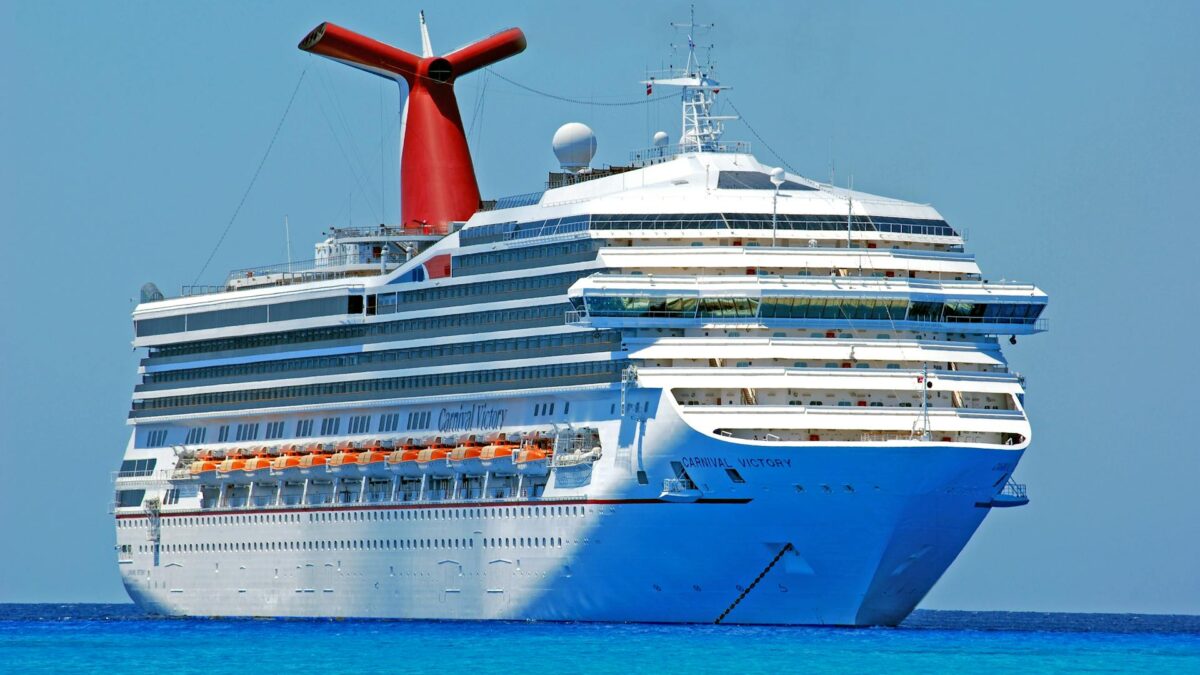Cruising has transformed over the past few decades from a simple means of leisure travel into an immersive experience rich with exploration, education, and cultural appreciation. With modern vessels equipped with the latest satellite navigation, radar systems, and real-time mapping technology, it may seem as though traditional navigation skills have faded into history. However, despite these technological advancements, traditional navigation still plays a vital—if often subtle—role in shaping modern cruise exploration routes. This is especially true in remote or ecologically sensitive regions, where ancestral knowledge and time-tested methods continue to enhance modern maritime operations.
At the heart of navigation lies the ancient art of wayfinding—reading the ocean’s swells, interpreting the flight paths of birds, using the stars for orientation, and recognizing coastal patterns. These methods were developed long before modern technology allowed captains to pinpoint their exact position within inches. While GPS and electronic charts have vastly increased the efficiency and safety of maritime travel, many seasoned navigators still respect and study traditional methods, not only for backup in case of technology failure but also to maintain a deeper connection with the sea.
In fact, cruise lines today often incorporate traditional navigation heritage into their programming, especially on exploration voyages. These cruises, which focus on immersive, off-the-beaten-path experiences, often venture into areas where standard maritime infrastructure may be limited. For example, some expedition cruises sailing near remote Pacific islands or through intricate fjord systems in places like New Zealand may draw upon local pilot knowledge and centuries-old understanding of currents, tides, and seasonal weather patterns. New Zealand’s maritime history, particularly the ancestral Māori voyaging traditions, exemplifies how traditional skills continue to shape marine exploration. The Māori, guided by celestial navigation and deep ocean knowledge, successfully traversed vast stretches of the Pacific, a feat modern navigators still marvel at today.
In modern cruise operations, the utility of traditional skills is more than just a romantic nod to the past—it’s often practical. When entering less-charted waters or remote harbors where digital maps may be less reliable, navigators still rely on visual piloting and the reading of natural indicators. For instance, the subtle color shift of water may indicate sandbars or coral reefs, especially in shallow tropical regions. These clues, once essential for survival, now serve as important secondary checks for bridge officers guiding multi-million-dollar vessels safely through narrow passages.
Moreover, many cruise lines now prioritize sustainable travel and seek to minimize their impact on fragile ecosystems. In these efforts, traditional navigation methods offer insights that modern systems may overlook. Indigenous communities with generations of knowledge about specific marine environments often collaborate with cruise operators, advising on optimal travel windows, avoiding wildlife disruption, and suggesting culturally respectful approaches to certain areas. These collaborations elevate not only the safety and success of a voyage but also its authenticity.
Another way in which traditional skills are being preserved and promoted is through training programs and educational segments onboard. Passengers aboard exploration cruises are increasingly curious about the art of navigation beyond touchscreen panels and satellite feeds. Some cruise itineraries include onboard workshops that teach passengers how to read the stars, use a sextant, or interpret ocean currents—blending leisure with learning. These experiences help bridge the gap between the modern digital world and ancient seafaring traditions, fostering a deeper appreciation for both.
Traditional navigation also plays an inspirational role in shaping the spirit of modern exploration. The ethos of exploration cruises—those that seek new horizons and remote, untouched destinations—echoes the spirit of early voyagers who set out with only their knowledge of the skies and seas. For many travelers, understanding this legacy adds depth to their journey, allowing them to experience not just a destination, but the very process of getting there as something profound and storied.
Furthermore, weather remains a factor that even the best technology cannot entirely predict or control. In such cases, the instincts and observations honed by traditionally trained navigators prove invaluable. Reading the sky for changes in cloud patterns, watching for seabird behavior, or feeling the subtle shifts in wind direction—these are techniques that modern cruise captains, especially those navigating in dynamic environments like the Southern Ocean or the South Pacific, continue to respect.
As cruises expand into more diverse and challenging destinations—from the Arctic and Antarctic regions to remote archipelagos—this blend of old and new is proving essential. Technology offers speed, accuracy, and data. Traditional navigation offers intuition, resilience, and a human touch. Together, they form a powerful alliance that not only ensures the success of exploration routes but also pays homage to the mariners who paved the way.
In conclusion, while cruise ships today are marvels of modern engineering, gliding effortlessly through open seas with the aid of cutting-edge technology, the roots of their navigation are still anchored in centuries of human ingenuity and observation. Traditional navigation skills, though often operating behind the scenes, continue to guide modern routes with wisdom and finesse. Whether sailing through the fjords of New Zealand or charting new courses in the Arctic Circle, the echoes of ancient navigators still resonate beneath every journey.

